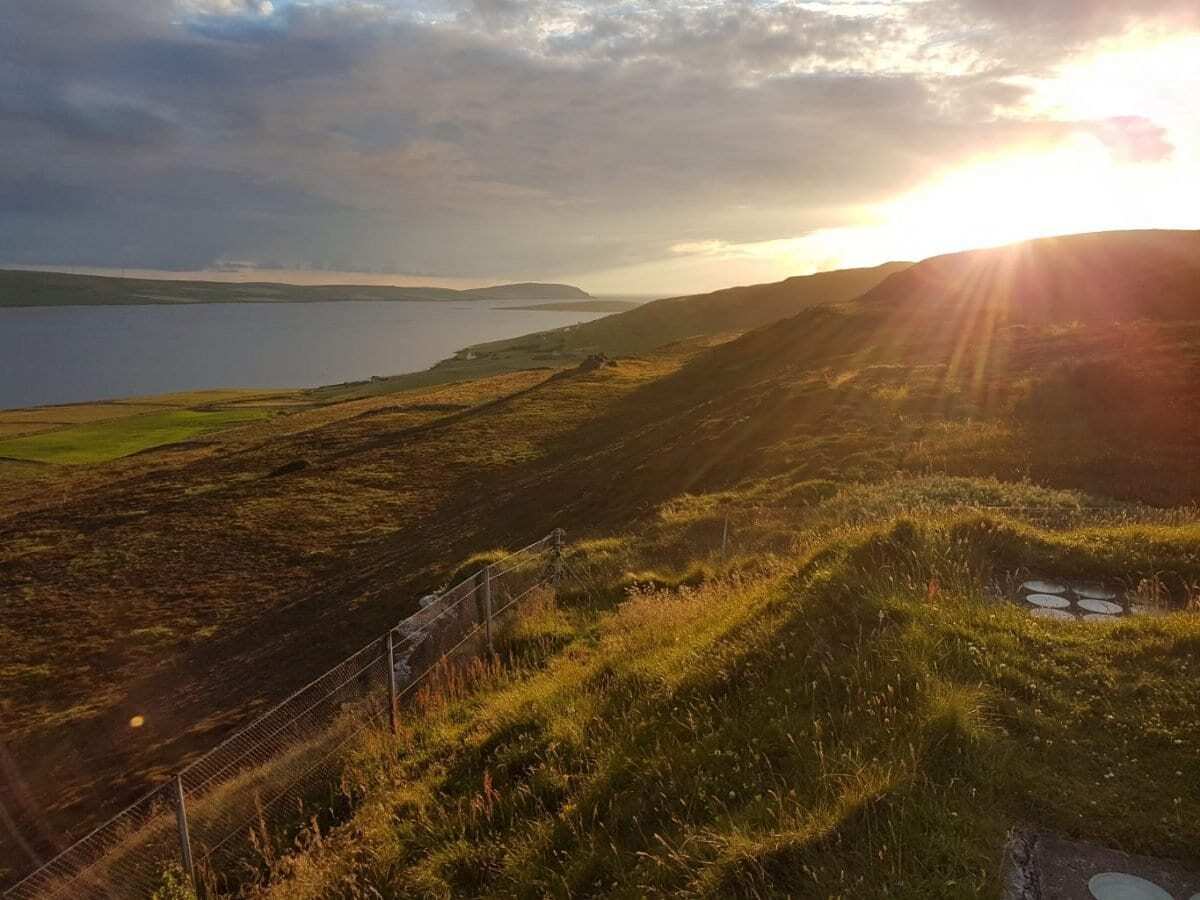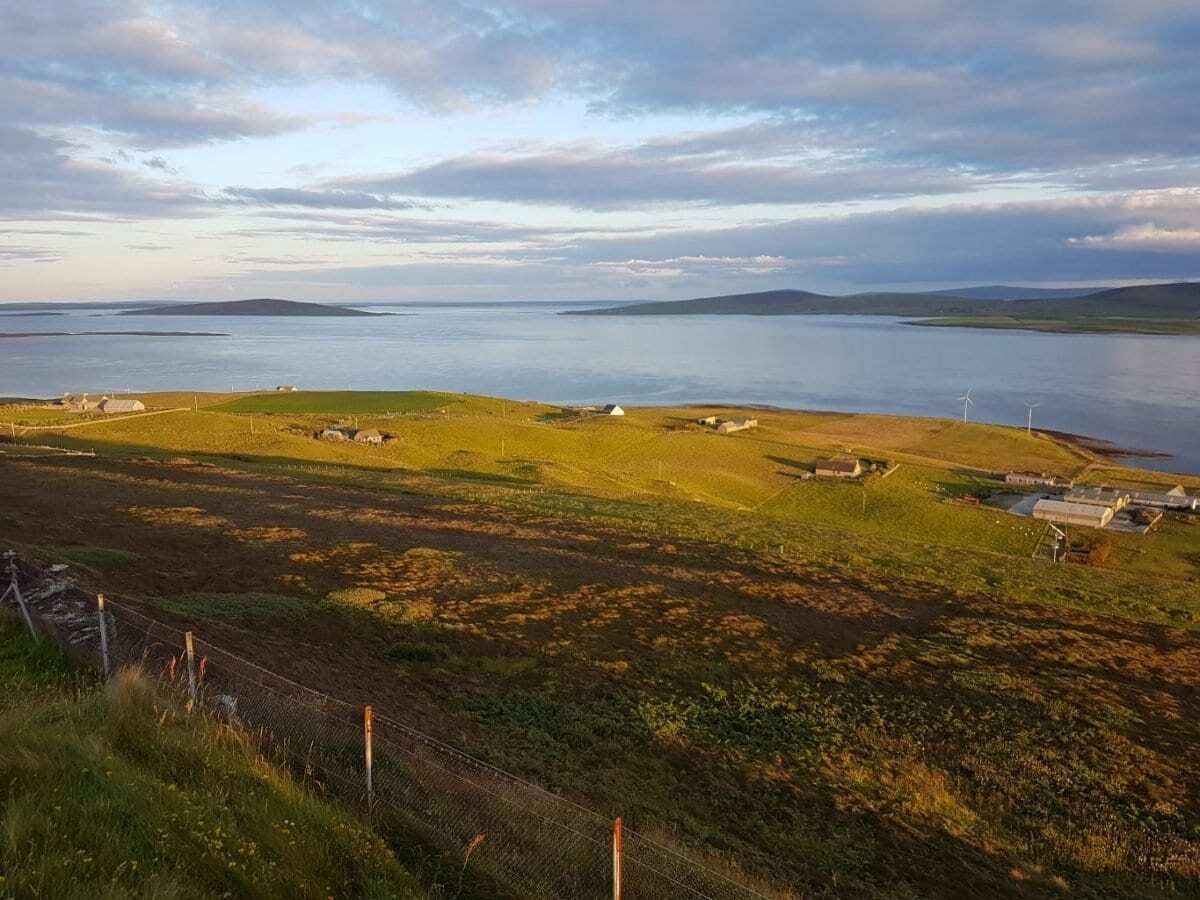The island of Rousay in Orkney is renowned for the wealth of its archaeology; so much so that it is known as the Egypt of the North.
Over the next few weeks a team of archaeologists from around the world are assembling on Rousay to help unlock some of the questions still remaining about the distant past of this mysterious place.
Starting on the 16th April, an internationally renowned team from the Deutsches Archäologisches Institut Römisch-Germanische Kommission (DAI) based in Berlin, together with archaeologists from the University of the Highlands and Islands Archaeology Institute will begin the largest geophysics survey of the island to date. The first phase of the project will continue for two weeks, with the results connecting many of the sites researched by the UHI Archaeology Institute, the University of Bradford, and Historic Environment Scotland.


Professor Jane Downes, director of the UHI Archaeology Institute said, “We are very pleased and excited to be involved in this major international project on Rousay and we are looking forward to seeing the results from the cutting-edge geophysics technology that the team from DAI have brought with them.
This will make a substantial contribution to the “Boyne to Brodgar” programme- an Irish/Scottish Neolithic research project. This fieldwork forms one of a whole series of projects happening on the island over the next two weeks including the ‘Gateway to the Atlantic Workshop’ that this week will bring together archaeological scientists working particularly on coastal erosion, climate change and heritage in the North Atlantic and Arctic, and the following week continues an archaeological survey involving experts from Historic Environment Scotland and UHI Archaeology Institute students. We are signing a Memorandum of Understanding with the DAI, for partnership working longer term. It is indeed an exciting time for archaeology in Orkney.”
Dr Alison Sheridan (National Museums Scotland) and Professor Gabriel Cooney (University College Dublin) of the Boyne to Brodgar Initiative added that, ““We are absolutely delighted and honoured that the DAI team have come to Orkney to undertake their survey on Rousay. With this work, and the survey that they already carried out in the Boyne Valley in Ireland, the team are contributing enormously to the Boyne to Brodgar research initiative to understand Neolithic people, their monuments and their interactions in Britain and Ireland”.
University of the Highlands & Islands
Header Image: Midhowe Broch, Rousay – UHI Archaeology Institute.





